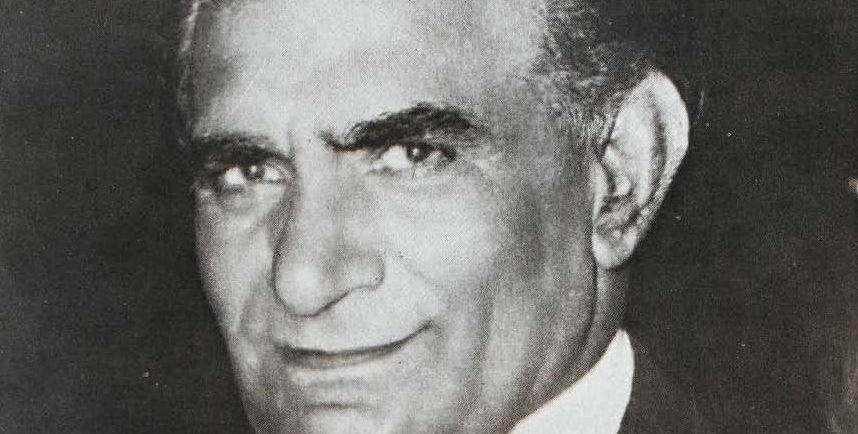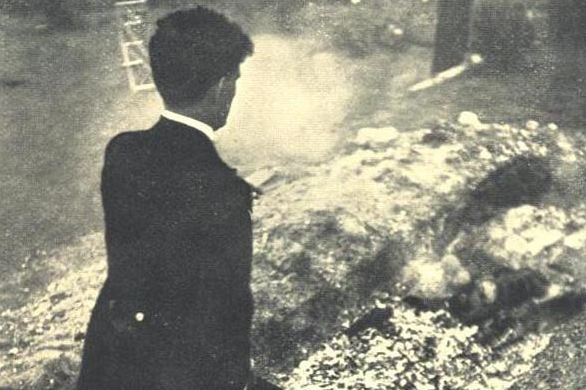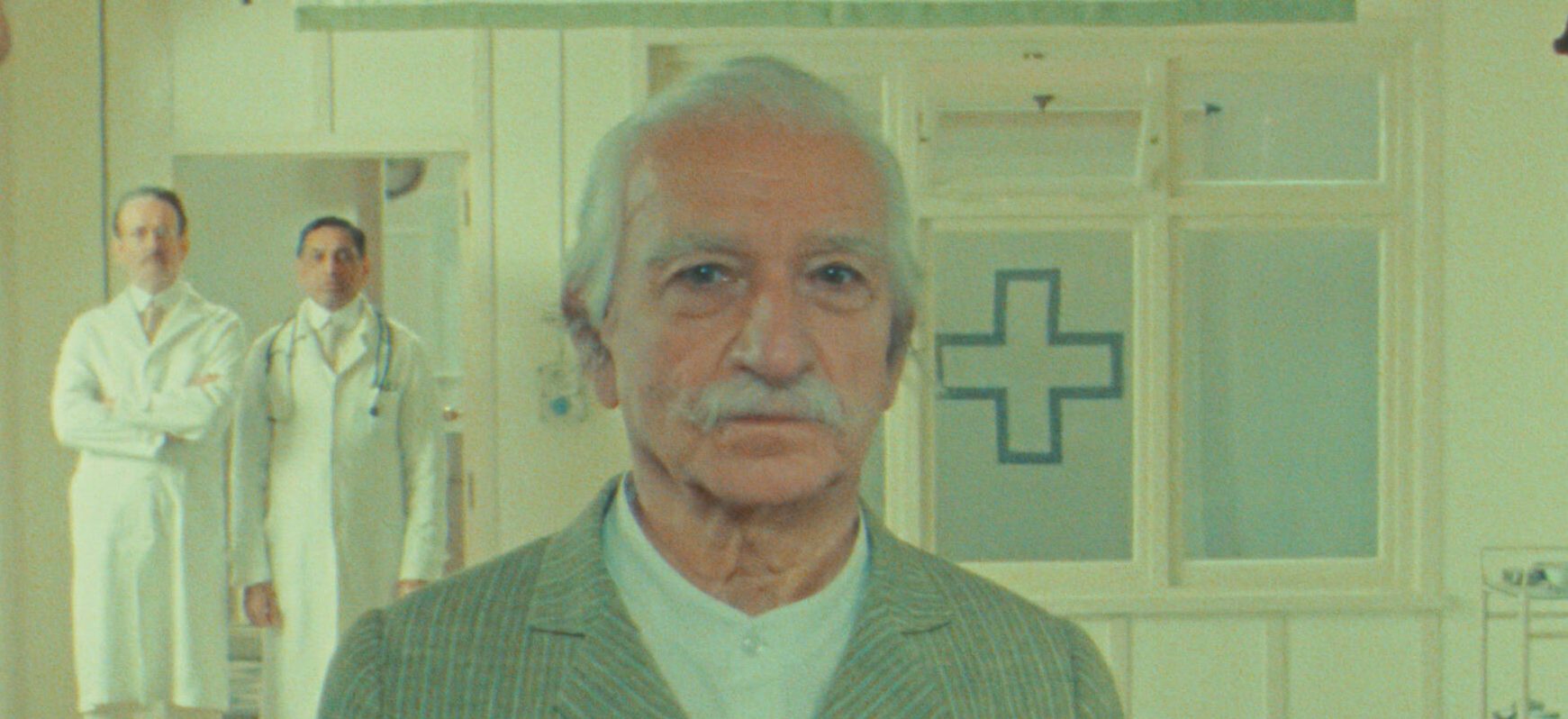Netflix’s fantasy short film ‘The Wonderful Story of Henry Sugar,’ helmed by Wes Anderson, follows the fantastical tale of Henry Sugar, a rich British gambler who aspires to increase his wealth by acquiring the skill of seeing through objects and seeing with his eyes closed. Henry’s endeavor is inspired by the saga of Imdad Khan, who was able to see with his eyes closed. A report written by a doctor who tested Imdad’s claim motivates Henry to master the same skill. Imdad’s story is realistically portrayed by Anderson, making the viewers curious about the character’s origin. Well, here’s everything you need to know about the same!
“The Man with the X-Ray Eyes”
Imdad Khan has a real-life counterpart. The character is a fictionalized version of Kuda Bux, a Pakistani mystic and magician who was renowned as The Man with the X-Ray Eyes in the United States. Bux was born to a Kashmiri family in 1905 as Khudah Bukhsh. Bux entered the world of magic at the age of thirteen as he became the disciple of Professor Moor. “For a few weeks [learning from the professor] is very fine, much better than going to school,” he told Roald Dahl, who wrote the eponymous source short story of the short film, for a profile published in Argosy Magazine.

“But then what a terrible disaster when it comes to me that there is no real magic in Professor Moor, that all is trickery and quickness of the hand. My whole mind becomes filled with a very strong longing, a longing to find out about the real magic, to discover and to understand something about the strange power that is called yoga,” Bux added. His longing led him to a Haridwar-based yogi named Banerjee in India. The yogi apparently taught Bux to walk in the fire and see with his eyes closed. As per reports, it took more than ten years of severe meditation for Bux to master the art of seeing without his eyes.
Read More: Fair Play: Is One Crest Capital Based on a Real Hedge Fund Firm?
Bux’s Journey to Fame
Bux used his apparent ability to earn incredible fame in the United States. CBS produced the TV show ‘Kuda Bux, Hindu Mystic,’ in which he read manuscripts using a blindfold and dough balls to cover his eyes. Bux reportedly even cycled along Broadway in New York City while using a blindfold. In 1938, Bux allegedly walked back and forth through a burning pit at NBC Radio City Studios in Manhattan. Bux’s fame took him to several renowned venues and destinations, including the University of London Council for Psychical Research, where he walked across a twelve-foot pit of burning hot coals.

Along with fame, also increased skeptics. British psychic researcher Harry Price tested Bux’s claims by doing experiments similar to Dr. Chatterjee’s in the short film. “We commenced the proceedings by squeezing a lump of dough into each eye socket. [Bux’s] head and face were swathed… only the nostrils and mouth free. He was now ready to demonstrate,” Price wrote in ‘Confessions of a Ghost-Hunter.’ Despite Price using tape, bandages, a black mask, and cotton pads, Bux was able to read from several books that were laid in front of him.
Still, Bux didn’t receive Price’s endorsement. “During our test, Bux would not allow us to adopt measures that absolutely precluded his seeing down the side of his nostrils and, although we witnessed a clever performance, all we learned that afternoon was how extremely difficult it is to blindfold a person, using ordinary methods,” Price’s team of researchers concluded their report, as per the researcher’s book. Tom Hatherley Pear, the first professor of psychology in England, also concluded that Bux could see “down the sides of his nose.” Despite these conclusions, Bux had an unparalleled career in magic.
Bux’s Death
Bux died in 1981 in his sleep, at the age of 75. As per reports, towards the end of his life, he lost his eyesight to glaucoma, “a group of eye diseases that can cause vision loss and blindness by damaging a nerve in the back of your eye called the optic nerve.” He is buried at Forest Lawn Memorial Park, located in Hollywood Hills, Los Angeles County, California.
Read More: Is The Wonderful Story of Henry Sugar Based on a True Story?






